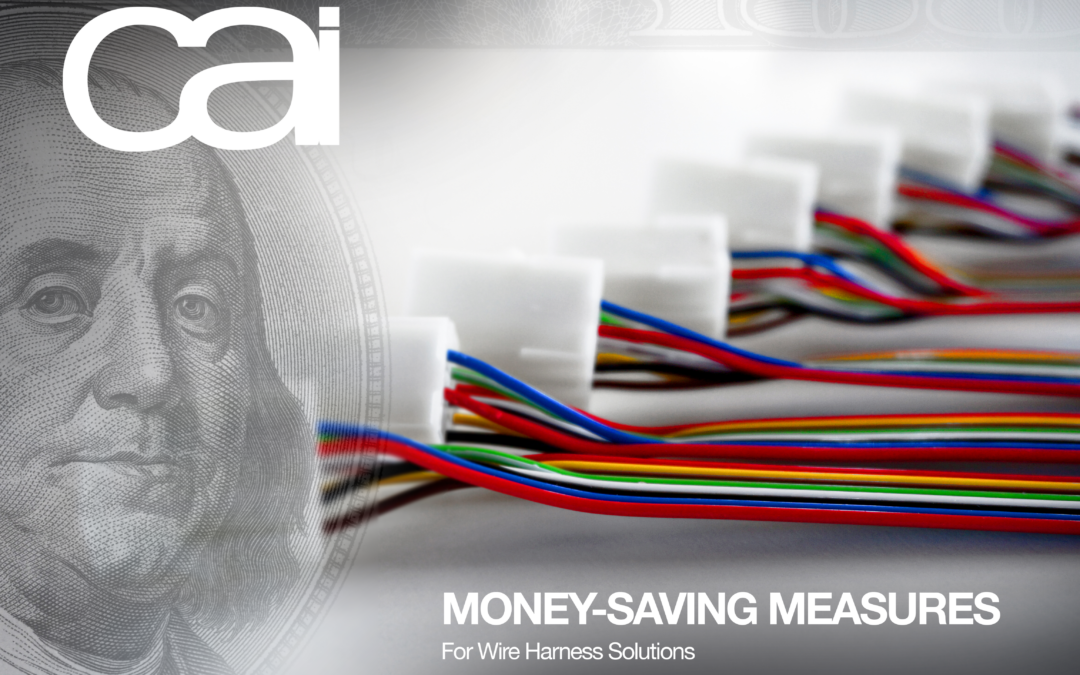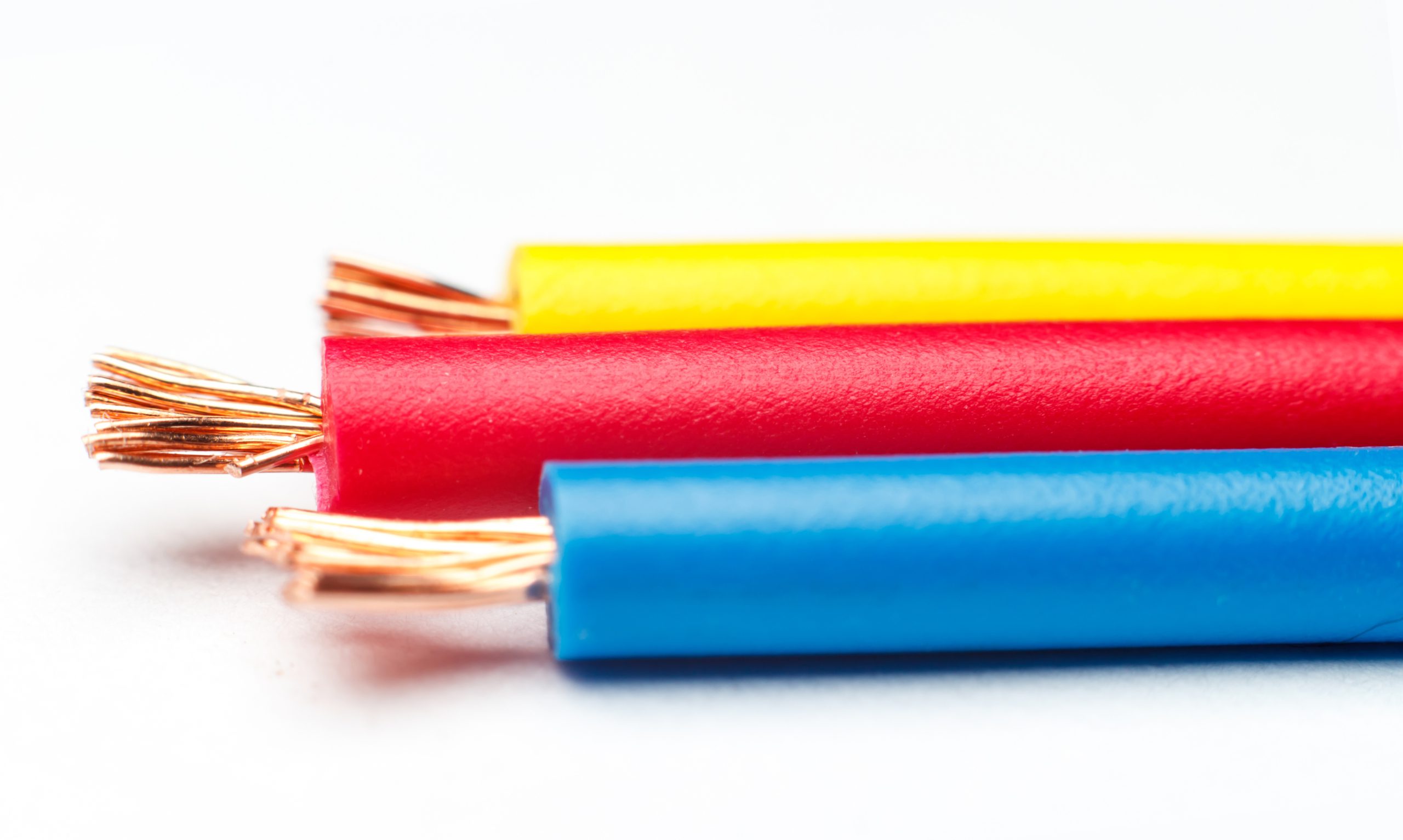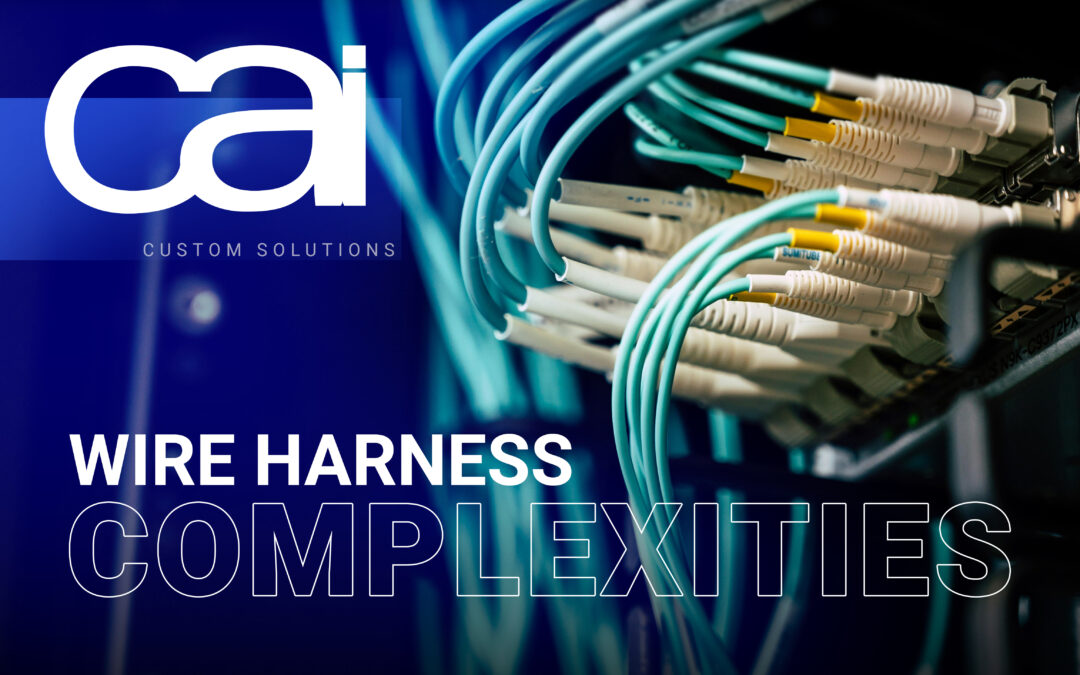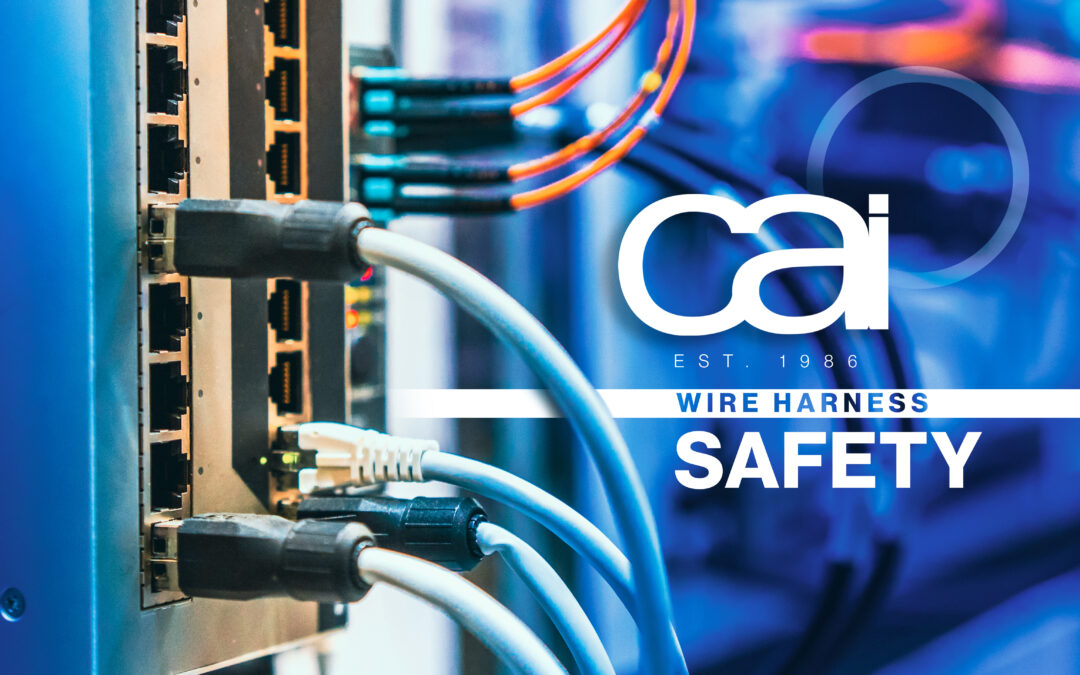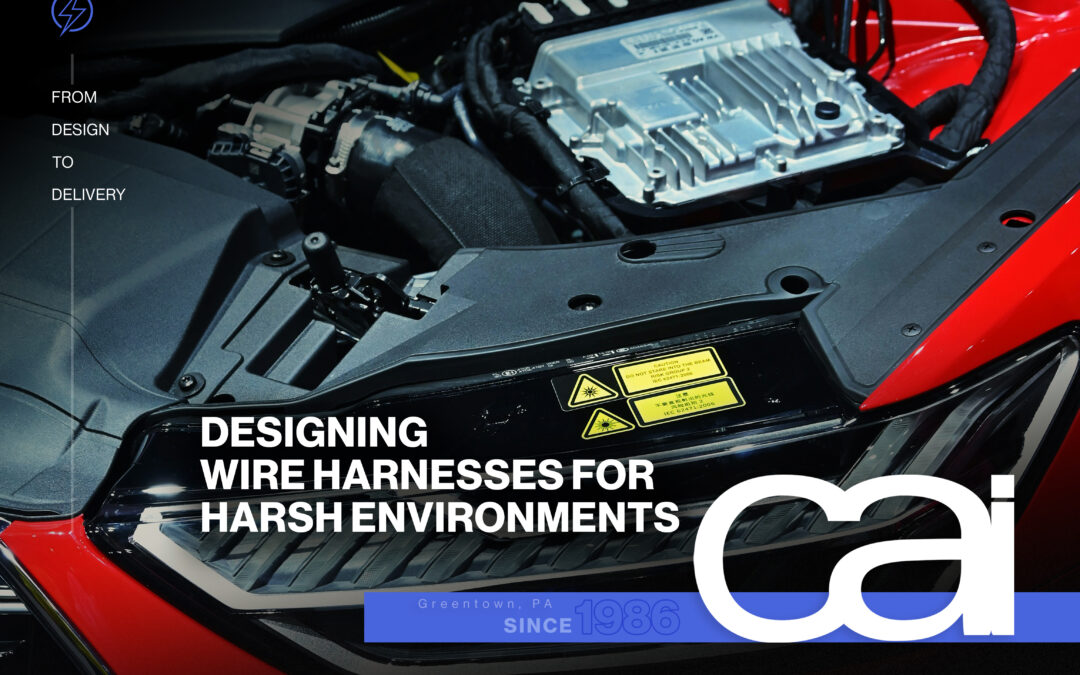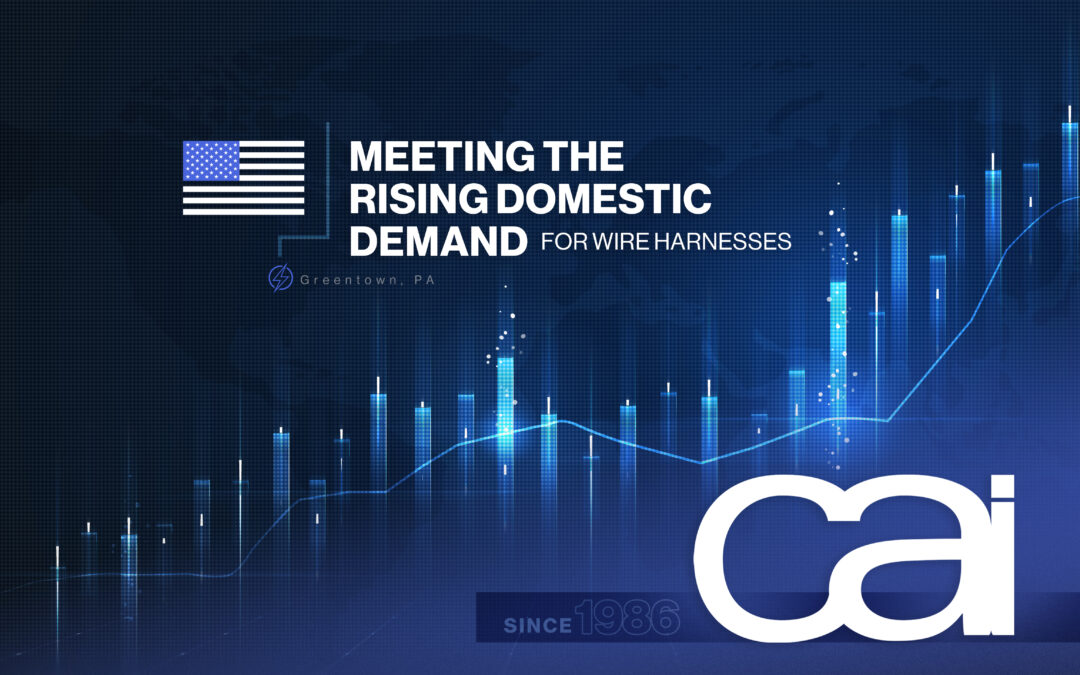For Optimal Performance, Proper Cable Shielding Is a Must
Anytime you’re working with an electrical system such as a cable assembly, you’re dealing with electrical conductors which carry signals or power along the circuit. When electrical current flows, a conductor creates an electromagnetic field that must be protected from different types of ambient interference that may impact performance.
At the same time, the surrounding environment and its electrical components must be protected from the conductor’s emitted interference. Cable shielding is the necessary protective barrier between a conductor and the surrounding environment. For optimal performance, proper shielding is a must, preferably done by an expert cable assembly manufacturer like CAI.
The Problem: Electromagnetic Interference
A cable assembly consists of one or more insulated conductors (wires) grouped together and wrapped in a single insulating sleeve, or “sheath,” often made of thermoplastic, vinyl, or thermoplastic rubber. This sheath protects the conductors from external environmental factors like heat, cold, and moisture, but it does little to protect against another major threat that can greatly impact signal integrity and a cable’s performance.
For a cable to work its best, electrical currents need to flow as smoothly as possible along its electromagnetic field (EM field) — the result of the mutual interaction of electric and magnetic fields caused by the motion of an electrical charge. When there is more than one EM field operating in the same space, electromagnetic interference (EMI) can occur.
Anyone who’s ever used a television, radio or cell phone is familiar with the effects of EMI. Also known as radio frequency interference (RFI), EMI happens when one electromagnetic field interferes with another, resulting in the distortion of the fields. This can lead to poor signal quality, loss of data, or complete failure of the electrical device. There are several different types of EMI, including radiation, galvanic, wave, and inductive.
While this surrounding electrical “noise” can threaten the cable’s EM field, electromagnetic energy is also being emitted from the conductor which can adversely affect the EM fields of sensitive electrical components in the area. Cables can even impact other cables, such as when a signal cable is placed next to a power cable, allowing powerline noise to couple onto the signal lines.
At CAI, we’re experts at cable assembly and the protection needed to make sure your electrical systems run at peak conditions. For all your cable assembly, wire harness, and custom component manufacturing needs, reach out to us today.
The Solution: Cable Shielding
The most effective way to combat EMI is to wrap the conductor in a common conductive layer, or protective shield. Acting as a Faraday cage, cable shielding protects against EMI in two ways: reflecting it, or absorbing it and conducting it into the ground.
The type and amount of shielding a conductor needs depends on a number of factors including the types and amount of EMI in the environment as well as the cable’s physical characteristics (e.g., diameter, weight, flexibility). For instance, a factory floor, with its array of different electronic components, can be very noisy with EMI, making it a more complex task to protect individual fields through shielding. Meanwhile, a cable in a metal cabinet or other area with little to no noise may require minimal shielding, if any at all.
The most common types of cable shielding include foil, braid, and spiral. Conducive to lighter weights, lower frequencies and smaller cables, foil shielding covers the entire conductor in a layer of conducting polymer. Braided shielding weaves copper strands into a cross-pattern mesh around the conductor, and provides good protection against high frequency EMI. More flexible and easier to terminate than braided, spiral shielding involves individual strands of copper wound in parallel around the conductor.
Shield quality is especially important when slight variations can cause issues, such as in small signal or high frequency applications. For some applications, double or triple shielding is required, around each conductor, around twisted pairs, and around the whole cable. Cable shielding can also help protect some cables against the detrimental effects of high voltage.
A properly shielded cable guards against EMI while also protecting the environment against interference emission. Likewise, an unshielded or poorly shielded cable can lead to big headaches for your electrical devices. That’s why guarding against signal interference is essential to manufacturing a high-quality cable assembly, and trusting your cable shielding to professionals is a move you’ll be happy you made.
At CAI, we’ve been delivering high-quality cable assembly solutions to clients around the globe for decades, so we know a thing or two about how to optimize your cables for electromagnetic compatibility (EMC) and best protect your signals from EMI.
Still have questions about cable shielding? Need expert guidance with your custom cable assembly project? Let us know what you need. We’re here to help.
